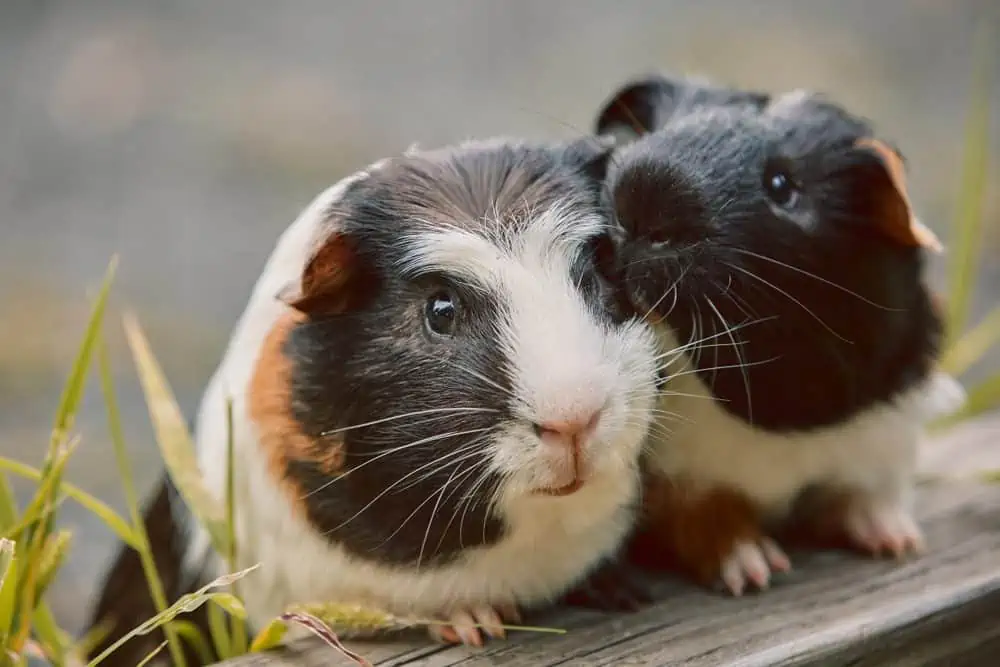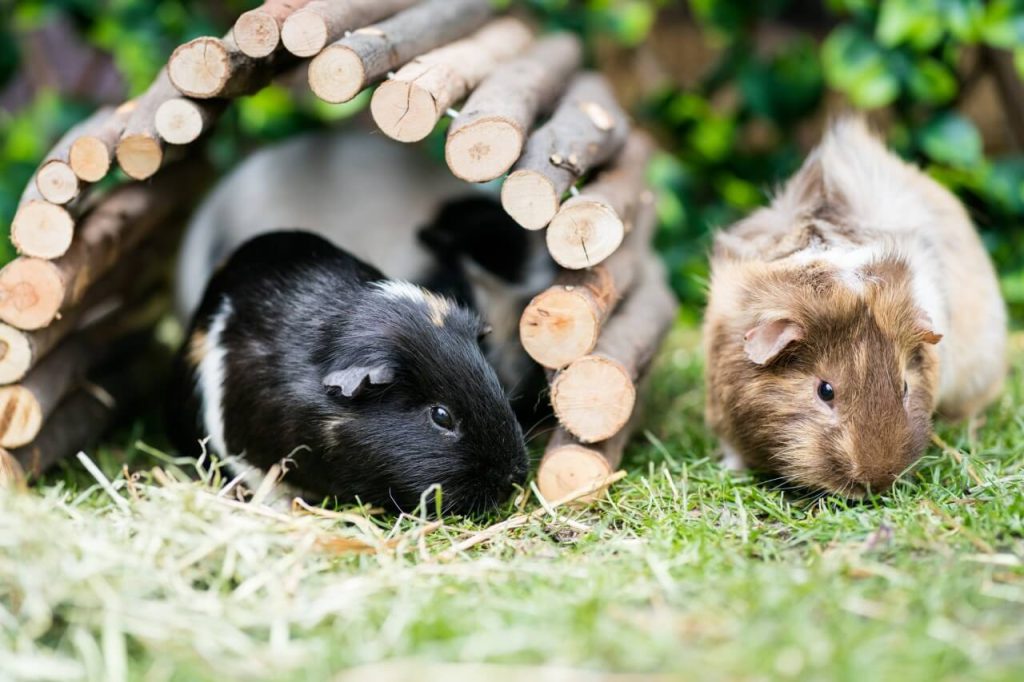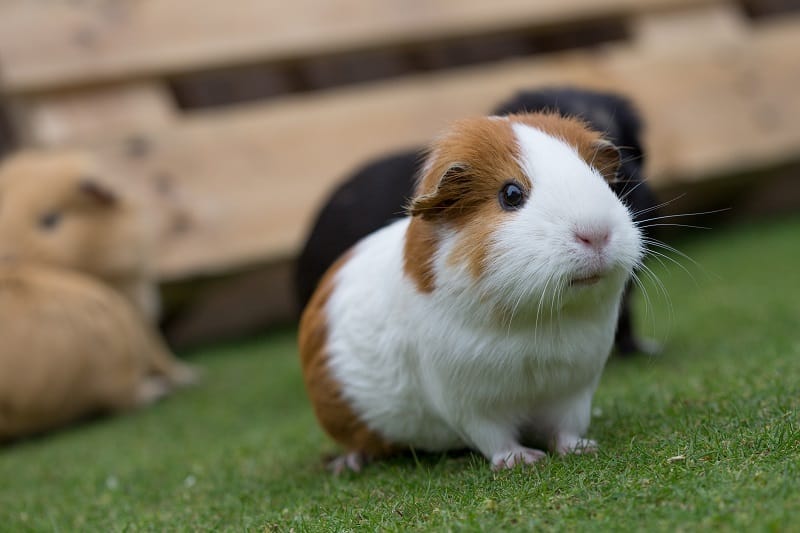Guinea pigs, also known as cavy or cavia porcellus, are a popular domesticated pet that has been around for centuries. They are native to the Andean region of South America, where they were first domesticated by the indigenous people as a source of food. In this article, we will explore the history and origin of guinea pigs, from their wild ancestors to their current popularity as pets.

- Wild Ancestors
The wild ancestors of guinea pigs are believed to have originated in the Andean region of South America over 8,000 years ago. These small rodents were likely hunted for their meat and used in religious ceremonies by the indigenous people. They were also kept as pets and used for their fur and as a form of currency.
- Domestication
The domestication of guinea pigs is believed to have occurred around 5,000 years ago, when the indigenous people of South America began selectively breeding them for their desirable traits. These traits included a larger size, more docile temperament, and unique color patterns. Guinea pigs were also bred for their meat and fur, which was used for clothing and other items. In ancient Inca culture, guinea pigs were highly valued and were even used in religious ceremonies as a form of sacrifice. They were believed to have healing powers and were used by shamans to diagnose and treat illnesses. Guinea pigs were also known to be used in divination rituals, where their behavior was interpreted as a sign of good or bad fortune.

- Spread to Europe and Beyond
During the 16th century, guinea pigs were brought to Europe by Spanish explorers and quickly became popular pets among the wealthy. They were often kept in ornate cages and treated as exotic animals. Guinea pigs also became popular in scientific research, as their small size and docile temperament made them ideal for studying genetics and other biological processes. Guinea pigs were eventually introduced to other parts of the world, including the United States and Australia, where they were also kept as pets and used in research. Today, guinea pigs are one of the most popular pets in the world, beloved for their cute and cuddly appearance and gentle disposition.
- Breeding and Genetics
Selective breeding of guinea pigs has led to the development of many different breeds and color varieties. Some popular breeds include the American, Abyssinian, Peruvian, and Teddy. These breeds vary in size, coat type, and color. Genetics also play a role in the traits of guinea pigs. For example, certain coat colors and patterns are inherited in a predictable manner, such as the dominant black and recessive white genes. Breeders can use this knowledge to selectively breed guinea pigs with desired traits and create new breeds or variations.

Guinea pigs have a rich history and have been valued by humans for thousands of years. From their origins as a source of food and religious significance to their current popularity as pets, guinea pigs have played an important role in many cultures. Their docile temperament, unique appearance, and playful personality have made them a beloved pet around the world. By understanding the history and origin of guinea pigs, we can appreciate these adorable animals even more.